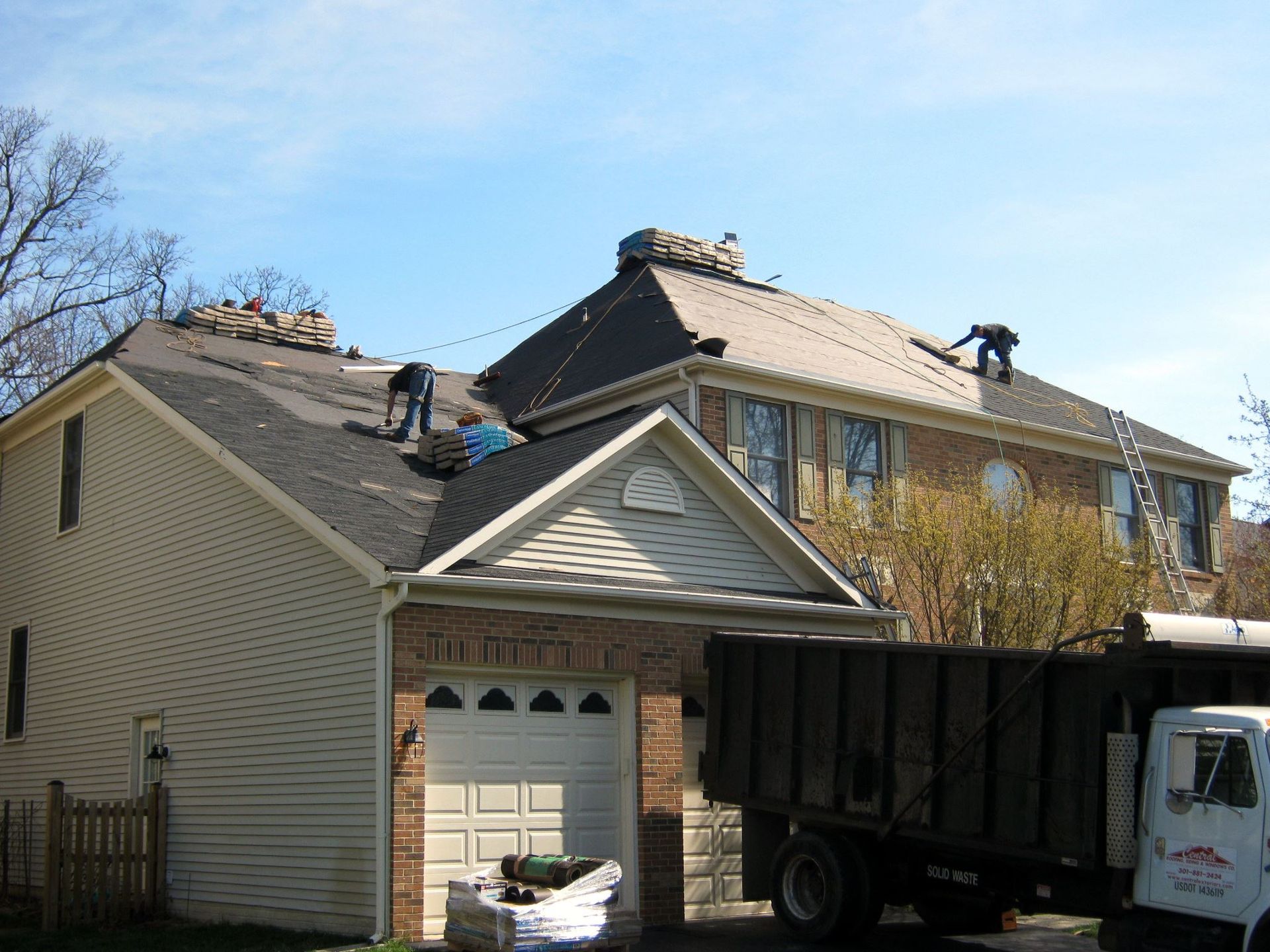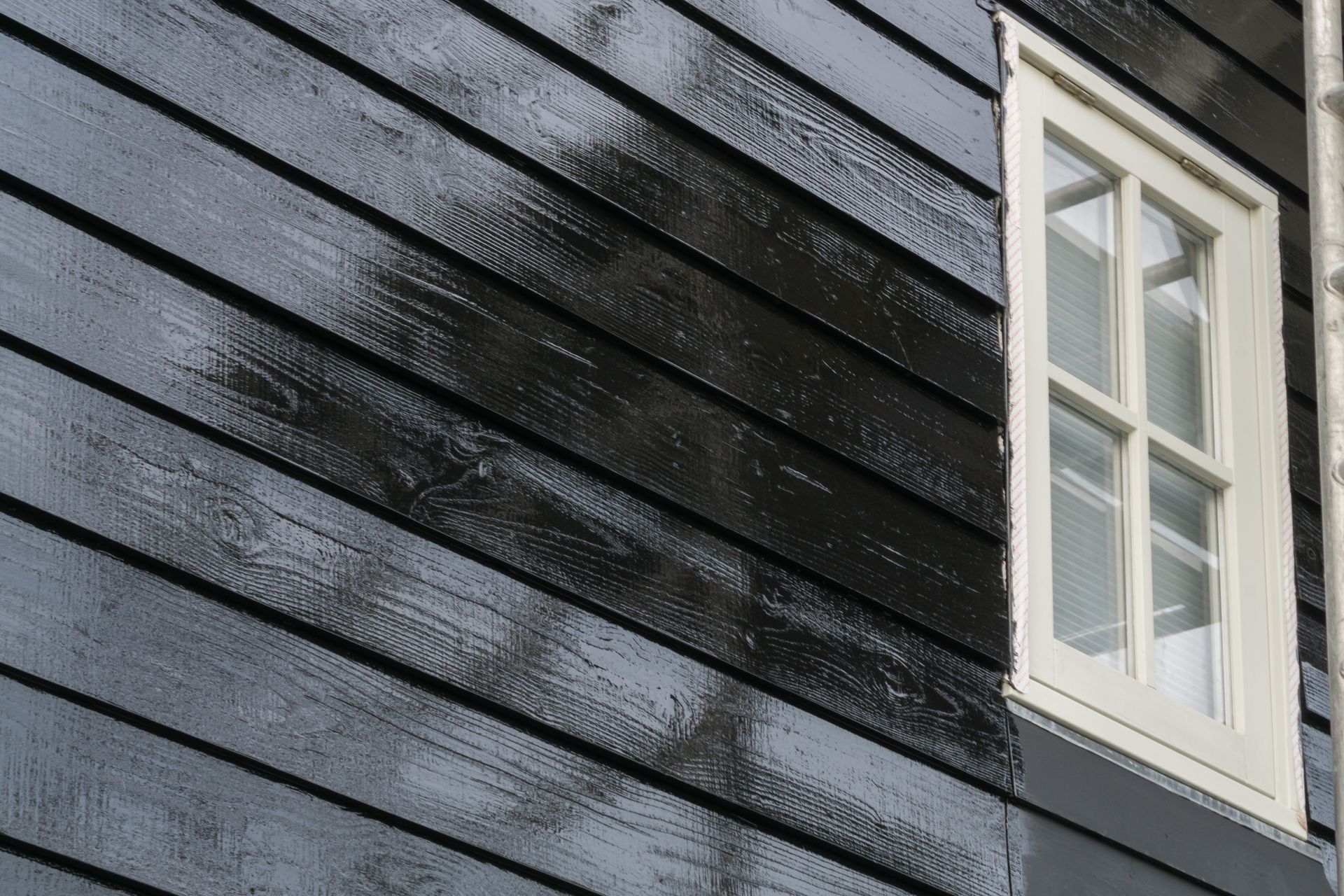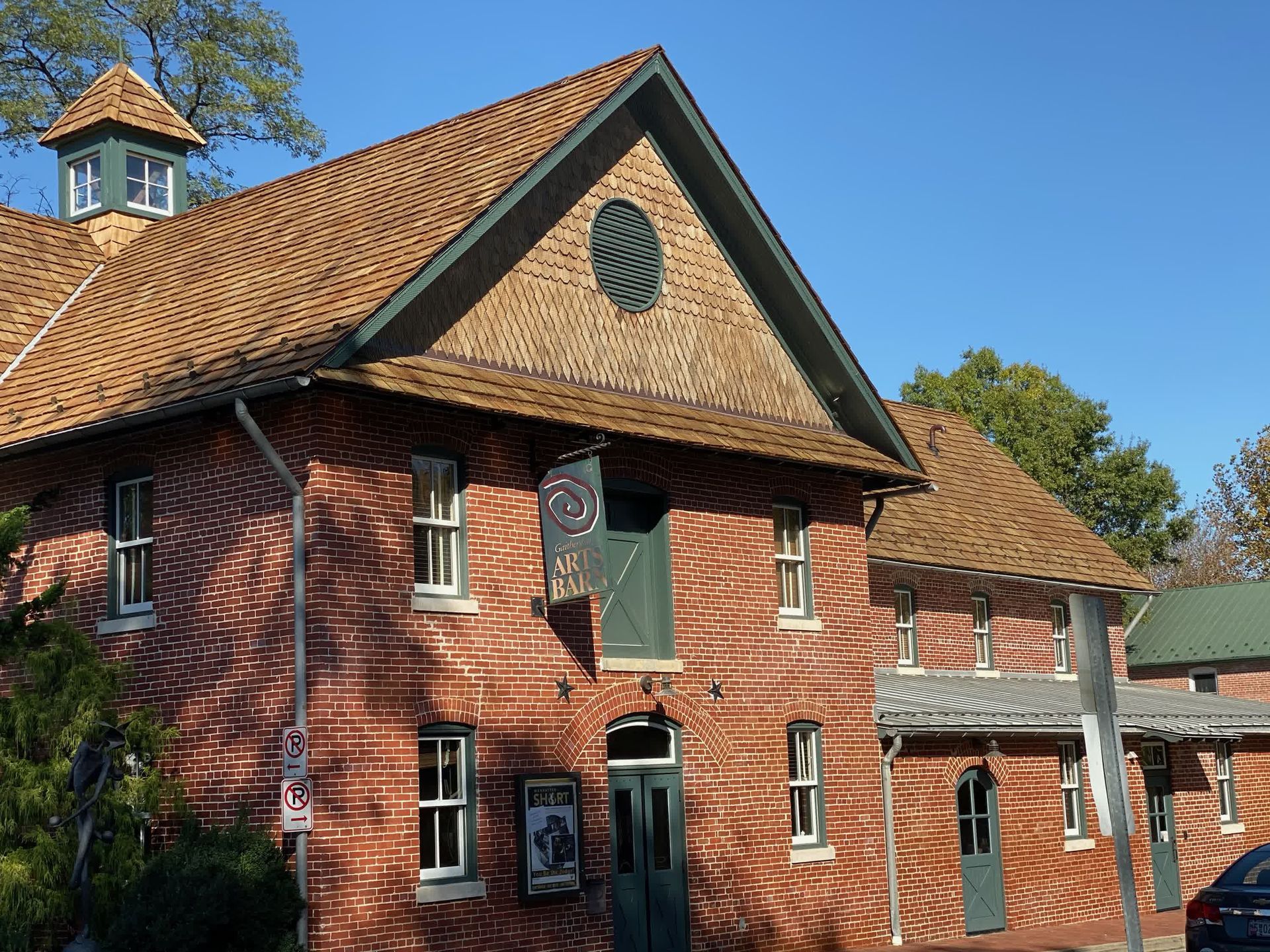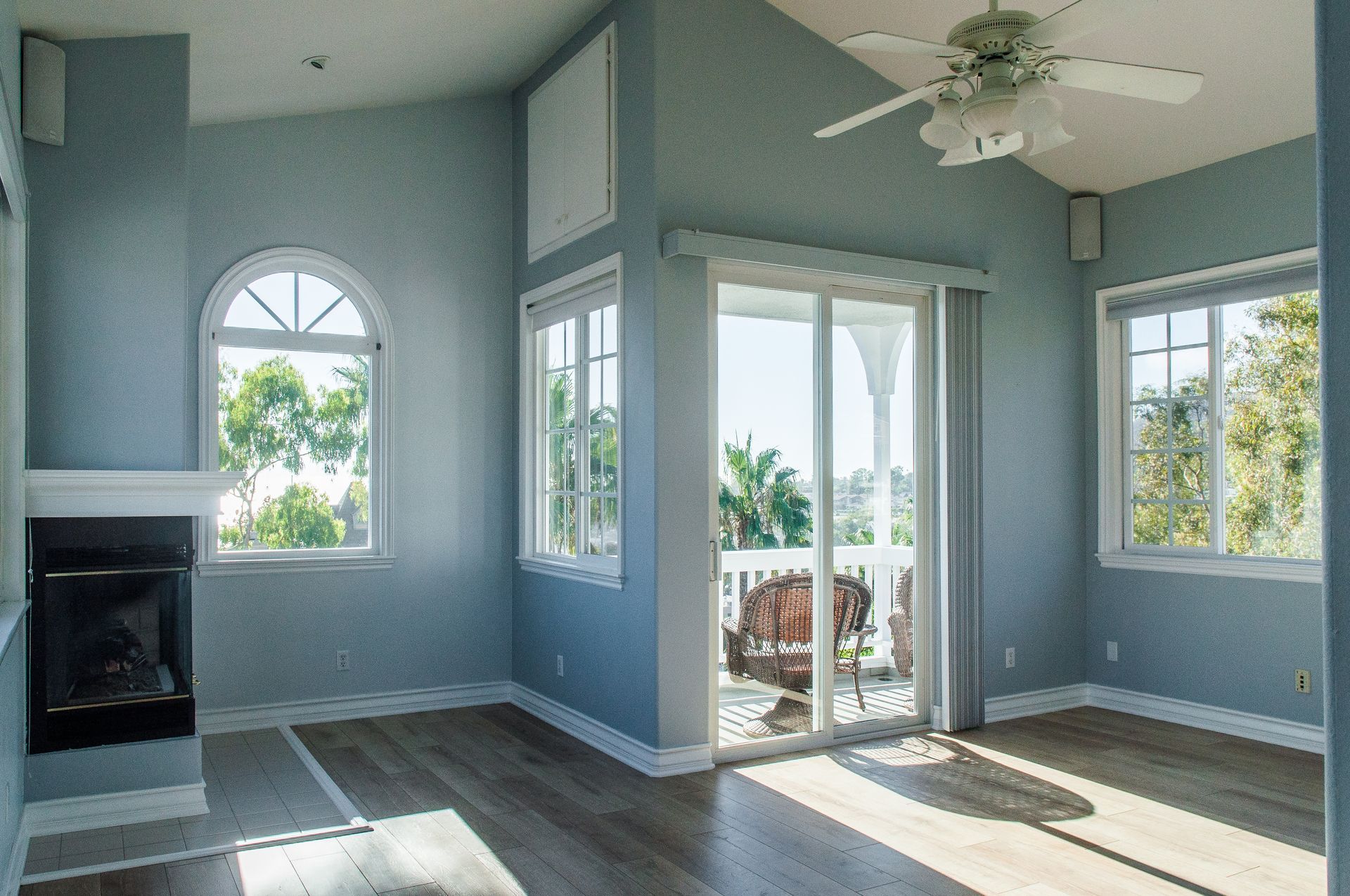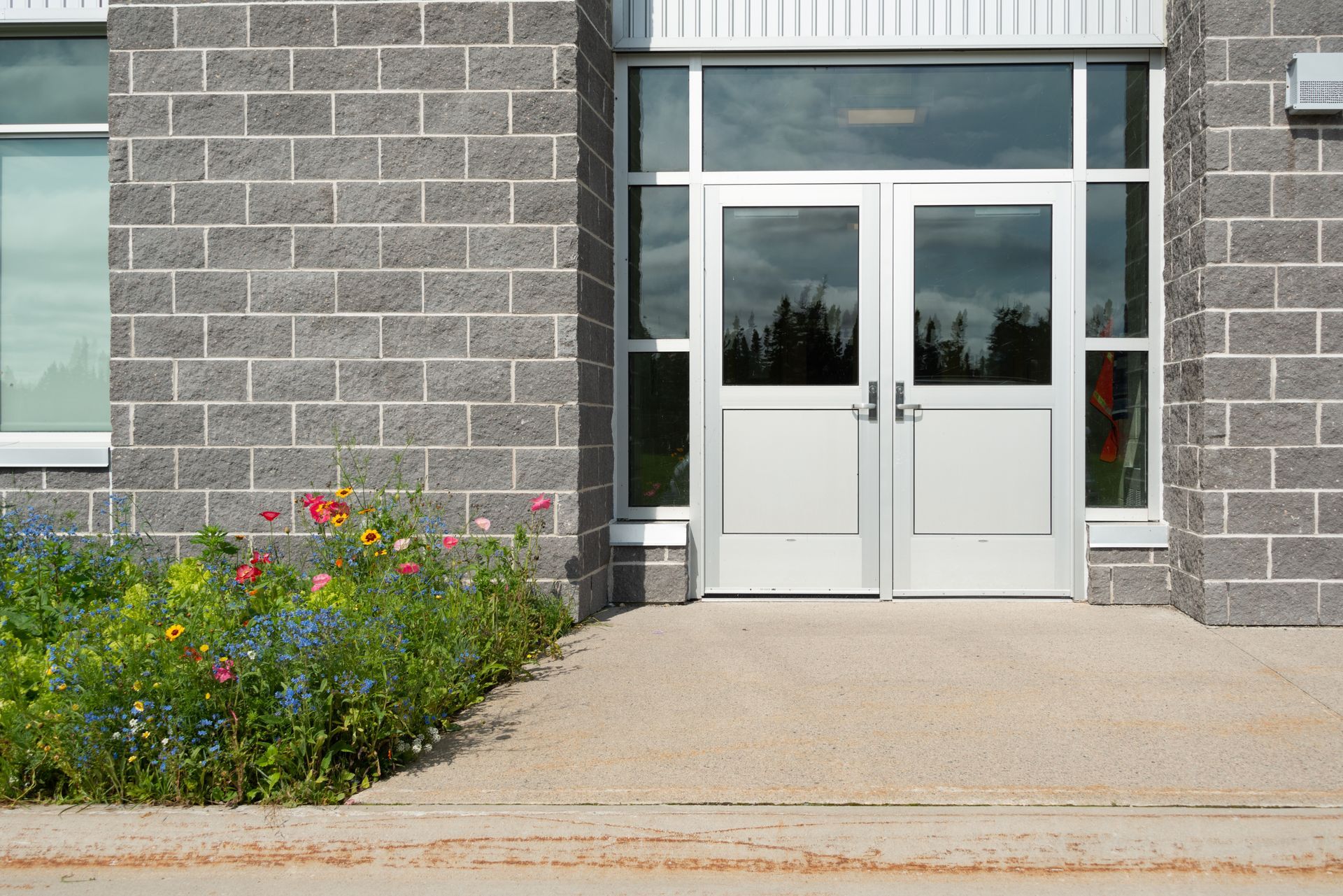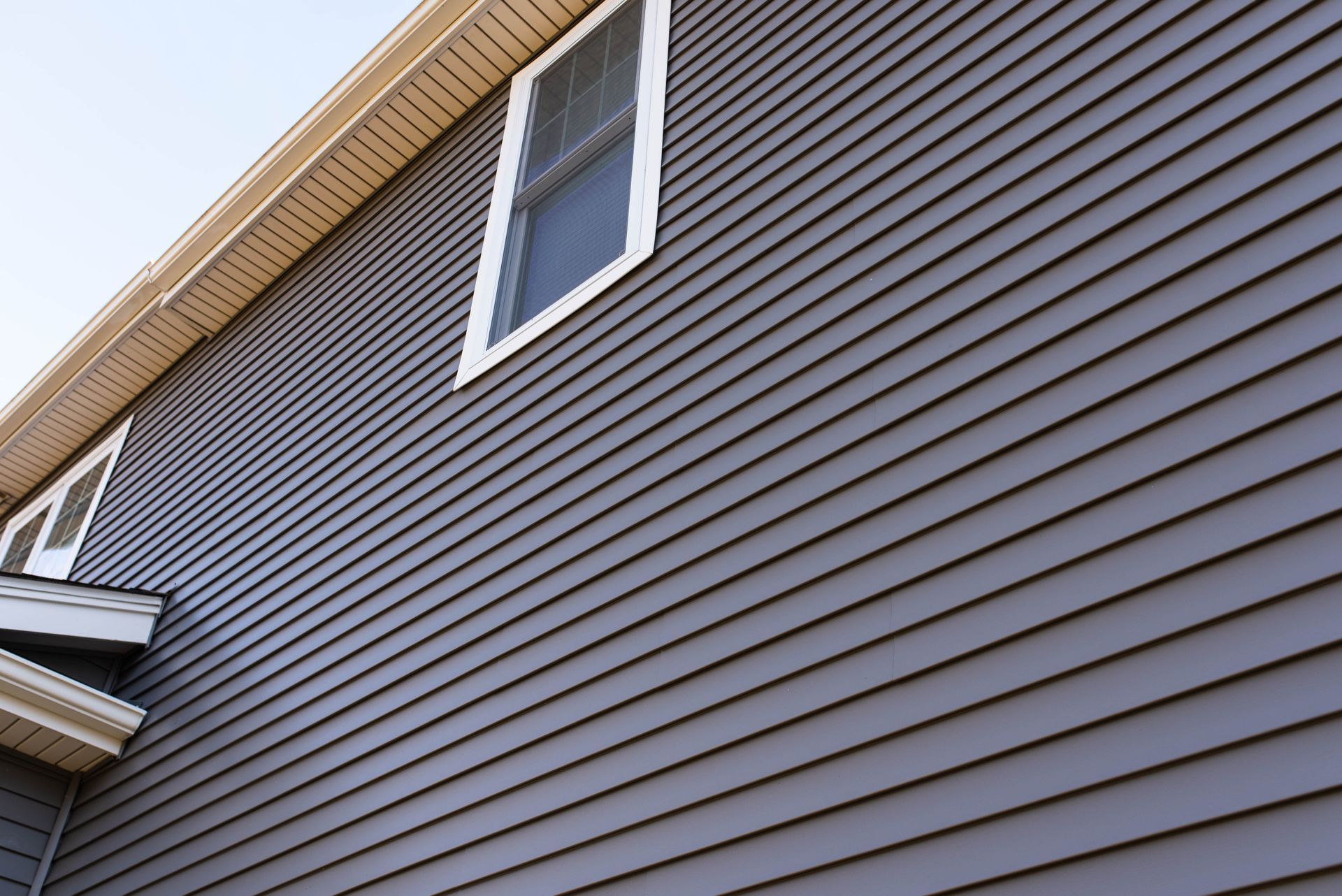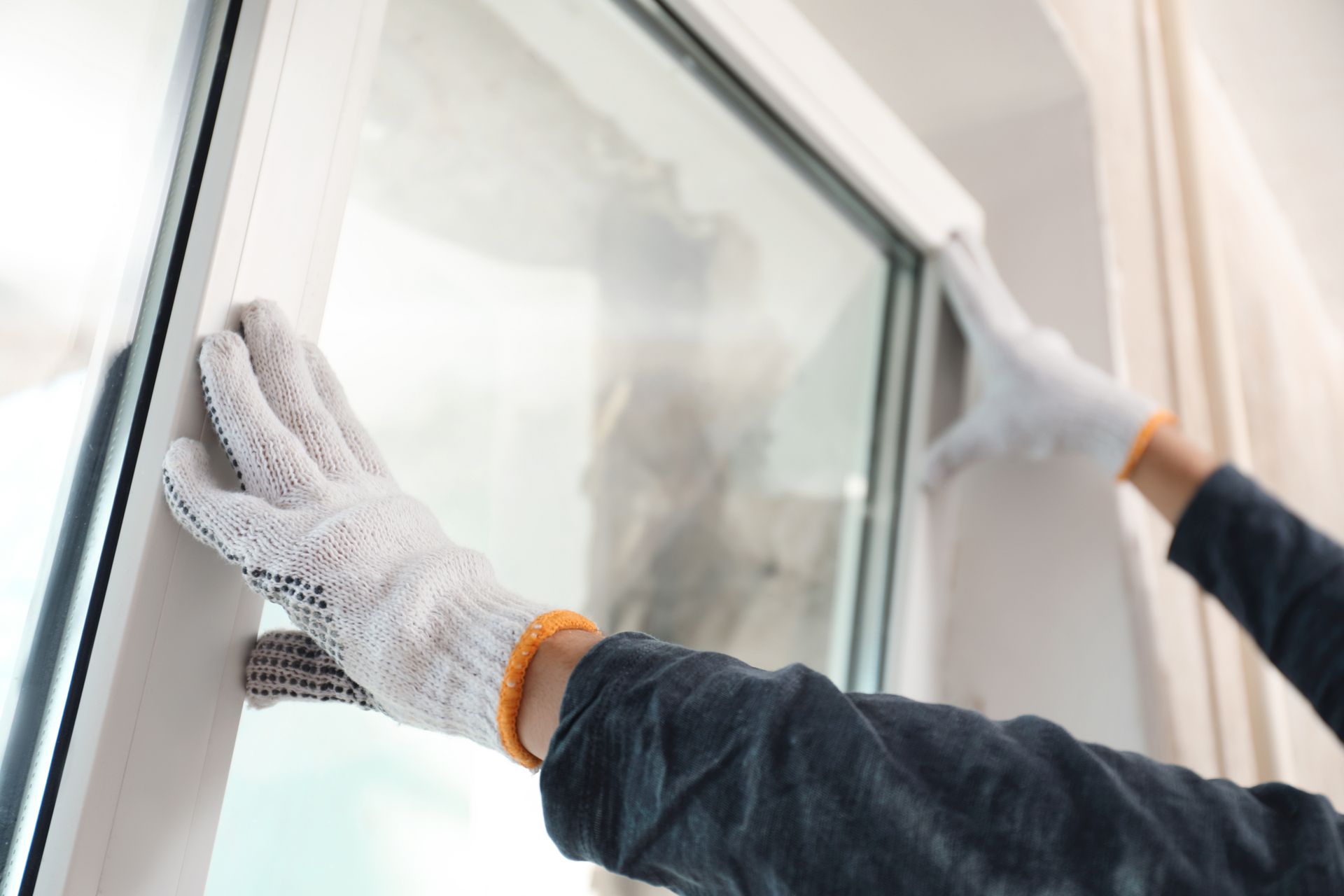The Importance of Proper Gutter Maintenance in Preventing Ice Dams
As temperatures plummet and winter approaches, the risk of ice dam formation on rooftops increases significantly. Ice dams can cause severe damage to your home, including leaks, structural damage, and even mold growth. The key to preventing ice dams lies in proper roof ventilation. In this article, we will explore the importance of adequate roof ventilation, how it prevents ice dams, and tips for achieving a well-ventilated roof.
Why Roof Ventilation Matters
Roof ventilation is essential for maintaining a healthy and safe living environment. Proper ventilation ensures that moisture is quickly removed from your attic, reducing the likelihood of mold growth and wood rot in the long term. Furthermore, an adequately ventilated roof can help in reducing energy bills by maintaining a consistent indoor temperature and minimizing heat loss.
In addition to these benefits, proper roof ventilation plays a critical role in preventing ice dams. Ice dams form when snow on the roof melts, the water runs down, and then refreezes along the eaves, creating a barrier. As more snow melts, the water has nowhere to go and begins to seep into the roofing materials, ultimately causing leaks and potentially severe damage inside the home.
How Proper Ventilation Prevents Ice Dams
The primary objective of roof ventilation is to maintain a uniform temperature across the roof surface, preventing the warm air from your home from rising and melting snow on the colder parts of your roof. This balance is achieved by allowing cool, outdoor air to enter the attic, displacing warmer air and maintaining an even temperature.
When the roof temperature is consistent, there is less risk of snow melting on the higher parts of the roof and refreezing at the eaves. This prevents the formation of ice dams and protects your home from potential damage.
Tips for Achieving a Well-Ventilated Roof
Now that we understand the importance of proper roof ventilation in preventing ice dams, here are some tips to ensure your home is adequately ventilated:
1. Maintain a balanced ventilation system: Aim for a 50/50 balance of intake (soffit) and exhaust (ridge) vents. This will allow cool air to enter through the soffit vents, pushing warm air out through the ridge vents, creating suitable airflow.
2. Install continuous soffit vents: Installing continuous soffit vents along the entire length of your eaves ensures consistent and sufficient intake of cool air, contributing to a well-ventilated attic.
3. Inspect and clean your vents regularly: Regularly inspect the vents to ensure they are not blocked by insulation or debris. Blocked vents can prevent adequate airflow and lead to poor ventilation.
4. Insulate your attic: Proper insulation of the attic floor prevents warm air from seeping into the attic, contributing to a consistent roof temperature. Ensure you have an adequate R-value of insulation, and there are no gaps or voids in the insulation.
5. Seal all attic air leaks: Seal any air leaks between your living spaces and the attic. Common leak areas include areas around chimney penetrations, plumbing stacks, and recessed lights.
Adequate roof ventilation plays a vital role in maintaining a safe and healthy home environment. By preventing ice dams, you not only protect your property from potential damage and costly repairs but also ensure your home remains energy-efficient and comfortable.
If you're unsure whether your roof is adequately ventilated, or you're facing recurring ice dam issues, it's time to consult an experienced roofing contractor. Central Exteriors is your go-to source for top-quality roofing services in Maryland, backed by a team of skilled designers and installers. Together, we can help bring your vision to life and safeguard your home from ice dams and other weather-related concerns.
Don't wait for the winter season to surprise you with ice dams and the damage they bring. Request a FREE ESTIMATE for your roofing, siding, and gutter installation needs! Visit our website at https://www.centralexteriors.com/ or call Central Exteriors today!

